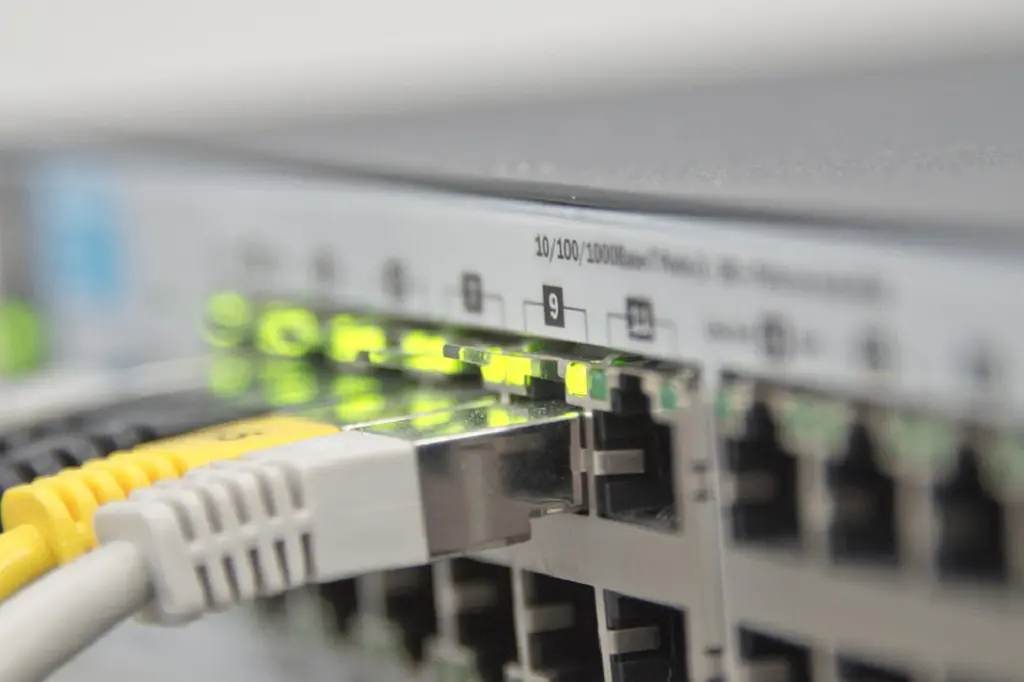In the evolving world of enterprise networking, the term whitebox switching has become increasingly prominent. While traditional network switches have long been dominated by proprietary solutions from major vendors, whitebox switching introduces a disruptive, flexible, and cost-effective alternative. But what exactly is whitebox switching, and why are IT departments and data centers increasingly embracing it?
What Is Whitebox Switching?
Whitebox switching refers to the use of generic, off-the-shelf hardware to run third-party or open-source network operating systems (NOS). Unlike traditional switches from vendors like Cisco or Juniper, which come bundled with proprietary software, whitebox switches separate the hardware from the software layer.
In simple terms, whitebox switching is like building your own PC — you choose your hardware components and install the operating system of your choice.
Key Components of Whitebox Switching
- Commodity Hardware:
The switch hardware is typically manufactured by companies like Edgecore, Quanta, or Delta, and is built to industry standards. These devices often use merchant silicon from companies like Broadcom. - Network Operating System (NOS):
The software layer is provided by vendors such as Cumulus Linux, SONiC (Software for Open Networking in the Cloud), or Pica8. Some are open source, while others are commercial offerings. - Disaggregated Model:
This separation of hardware and software allows network administrators to tailor their infrastructure to their exact needs, rather than being locked into a single vendor’s ecosystem.
Advantages of Whitebox Switching
1. Cost Efficiency
One of the primary drivers for adopting whitebox switches is cost. These switches are often significantly cheaper than branded alternatives, especially at scale, due to the commoditisation of hardware.
2. Vendor Neutrality
Whitebox switching eliminates vendor lock-in. Organizations can choose the hardware and software that best meets their requirements, and switch components without overhauling the entire infrastructure.
3. Customisation and Flexibility
IT teams have greater control over the configuration, automation, and features of the network stack. This is especially beneficial in environments where performance tuning and custom features are critical.
4. Open Standards and Innovation
Whitebox switching encourages the use of open standards and can be a breeding ground for innovation. By allowing users to interact directly with the NOS, it’s easier to integrate with orchestration tools and emerging technologies.
Challenges and Considerations
While the benefits are compelling, whitebox switching is not without challenges:
- Complexity: It may require more technical expertise to deploy and manage.
- Support Models: Unlike traditional vendors who offer bundled support, whitebox environments often require coordinating between hardware and software vendors.
- Compatibility Testing: Ensuring compatibility between different hardware and NOS combinations can take additional time and resources.
Who Should Consider Whitebox Switching?
Whitebox switching is ideal for:
- Large-scale data centers
- Cloud service providers
- Enterprises seeking more control and cost savings
- Organisations pursuing software-defined networking (SDN) or network automation
However, small and mid-sized businesses with limited in-house networking expertise may find traditional switches simpler to manage initially.
Conclusion
Whitebox switching represents a paradigm shift in network design and management. By decoupling the software from the hardware, organizations gain unprecedented flexibility, scalability, and potential cost savings. As network demands continue to grow and evolve, whitebox solutions are positioning themselves as a powerful alternative to legacy systems.
For forward-thinking IT teams and organisations, whitebox switching is not just a trend — it’s a strategic enabler for building more agile and responsive networks.


